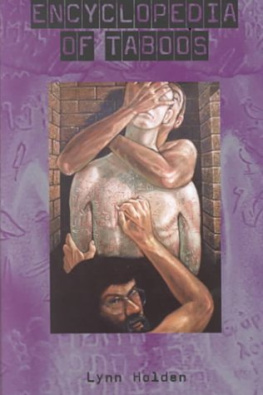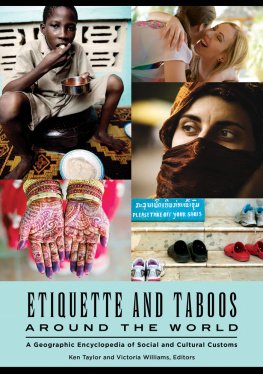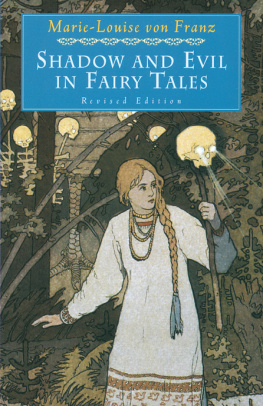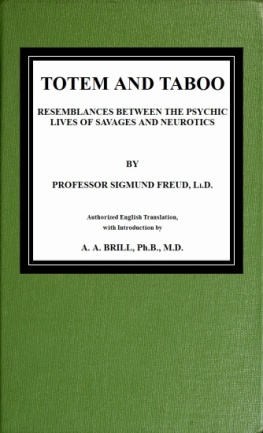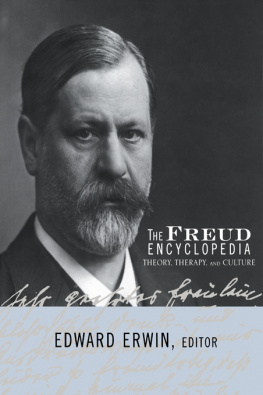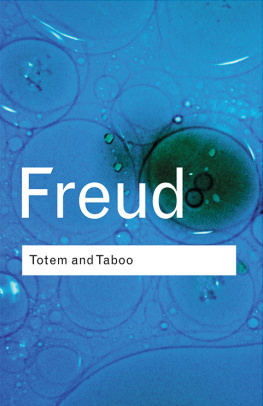moral universe and also at the same time vigorously separating nature from culture (Tambiah, p. 445).
Tambiah adopts the concepts of metonymy and metaphor from Lvi-Strauss The Savage Mind to explain the mechanics. As the dog lives in the house, it is almost human, and thus has a metonymical relation to human society. This means it cannot be eaten. Nevertheless, its incestuous behaviour and filthy habits render it subhuman. Should a couple transgress the sexual rules and act in an incestuous way, like a dog, they can imitate a dog metaphorically by eating from a shell and correct the moral consequences. The ox and buffalo also have a metonymic relation to man but there can be no real confusion with man so they are edible, according to certain rules. Animals which are not subsumed under the domestic or forest groupings (such as the otter, vulture, snake or toad) are also subject to dietary rules. If they intrude into the habitat of man, either by entering the house or by resembling a domestic animal, they may be seen as adopting a metonymic or metaphorical relationship with man; in this case they are dangerous, inauspicious, and tabooed.
Failure to fit within a clearly defined category may also be a reason for a creature being inedible. Tambiah here acknowledges the influence of the anthropologist, Mary Douglas. In Purity and Danger (1966) Douglas concentrates her attention on precisely those animals which are anomalies in a particular society; it is, she deduces, animals that for one reason or another defy classification that are tabooed. The Jewish dietary code, for instance, renders such animals as pigs and shellfish taboo. Hygienic explanations for the food taboos such as the prohibition on the eating of pork being due to the danger of trichinosis are inadequate to explain the complexities of the system. What a reading of Leviticus 11: 242 and Deuteronomy 14: 320 makes plain is that animals are forbidden if they do not fit. Pigs, although they have cloven hooves, do not chew the cud like oxen, sheep and, goats, so they are not cloven-hoofed ruminants. Fish characteristically have fins and scales. Shellfish have neither; they are therefore only masquerading as fish and must not be eaten. Things which avoid categorisation, like matter out of place, disturb our sense of order, they are dangerous, polluting, taboo. Tambiahs article criticises Mary Douglas analysis of Jewish dietary laws and R. Bulmer, who studied the Karam classification of animals, also has reservations (Bulmer, p. 525). In their respective research among the Thai and Karam, they realised that the taxonomies of animals are governed by social rather than merely physiological criteria. While things that are out of place may be polluting, the Karam and Thai determine for themselves what is out of place and effectively organise nature so that it mirrors and fortifies their social rules. Mary Douglas has acknowledged their research and modified her views; she had already noticed that among the Lele, the pangolin, a scaly, tree-climbing ant-eater, though clearly seen as an anomaly by the Lele and transcending their system of classifications, was auspicious and revered. Turning to the Jewish prohibition on the pig, she quotes Bullmer who says it is just as valid to argue that the pig is accorded anomalous taxonomic status because it is unclean as to suggest that it is unclean because it is an anomaly (Douglas, p. 249275). The pig is unclean, she decides, because it eats carrion but also because it was reared as a source of food by non-Israelites. Marriage with outsiders was forbidden to the ancient Israelites and they established strong boundaries between themselves and others; not eating the pig preserved their purity. By contrast, the Lele encourage transactions with others and have weak social boundaries; for them the pangolin, in defying classification or crossing boundaries, is sacred, not polluting (Douglas, p. 276318).
Anna S. Meigs agrees with Douglas assertion that food taboos are a means of recognising and defining both social and religious
categories and of stressing opposition and difference. In the Eastern Highlands of Papua New Guinea where she conducted her fieldwork, Meigs noticed that the Hua people commonly use food to differentiate between different groups, whether kinsman and stranger or male and female. Typically, a person is not allowed to accept food that is produced, prepared or served by a stranger and young male initiates must be wary of eating things associated with a female such as the dguripa mushroom (which resembles the female breast before childbirth) or the red kito which women wear on their buttocks. Transgression can lead to sickness, lack of vitality and, in the case of initiates, stunted growth.
However, the Hua people also use food and its exchange as a means of establishing social solidarity. This is related to the Hua conception of nu, a kind of life force or vital essence that exists principally in the body fluids but also in the body itself and in cultivated foods which contain the nu of their producer:
The association of foods with nu are multiple. Foods resemble nu substances and therefore participate in their power. Initiates may not eat red pandanus oil because it looks like menstrual blood, zokoni mushrooms because they smell like menstrual blood, and foods that are dark on the interior because they resemble female interiors, which are full of nu and therefore fertile snails are tabooed not because of their slime but because their slime resembles vaginal secretions Foods are also associated with nu through contagion. A mature male may not eat leafy green vegetables picked by his real or classificatory wife or firstborn child because these vegetables are contaminated by spots of menstrual blood, genital waste, sweat and body oils transferred from the hand to the food. Moreover, foods are permeated by the nu of their producers All the foods [Hua] eat are produced by people they know and whom they either trust (in which case they eat the food) or distrust (in which case they do not). Finally, in Hua culture blood, flesh, semen, sweat, body oils, hair, fingernails, and saliva, are all nu substances, and all are ingestible, even edible, to the Hua (Meigs, 1984, p. 122123).
Since all cultivated foods contain nu, which can be either life-enhancing or life-threatening, it is important to only accept food from friends as enmity can be transmitted through the food, and cause disease. The entire community is linked through nu and eating together becomes an affirmation of trust, a celebration of solidarity. Conversely, to refuse a food is to express distrust, to deny the link between self and others. Foods are tabooed if the nu within them can be detrimental to the eater because they come from a suspect source or because they have the power to deplete a persons nu. Food picked by close kin or pigs belonging to a real or classificatory child cannot be eaten: this is as physically repugnant as, the Hua say, a dog licking its genitals, in effect, eating ones own nu (Meigs, 1997, p. 99). Crucial though the conception of nu is to the Hua, certain foods are prohibited for other reasons such as contagion, the belief that contact can permanently contaminate a person. For this reason, a woman should avoid the hakeria (dry and hard) varieties of taro, yam and banana in the final months of pregnancy for fear their properties might be transferred to her body and cause her womb and birth canal to dry out (Meigs, 1997, p. 97).
Most of the previous analyses of alimentary prohibitions have concentrated on symbolic, structural or functional reasons for avoidance: the food itself is of less importance than its semiotic or social value within a society. Opposed to these are the more pragmatic approaches that can be loosely termed cultural-materialist; here the emphasis is on the
Next page
